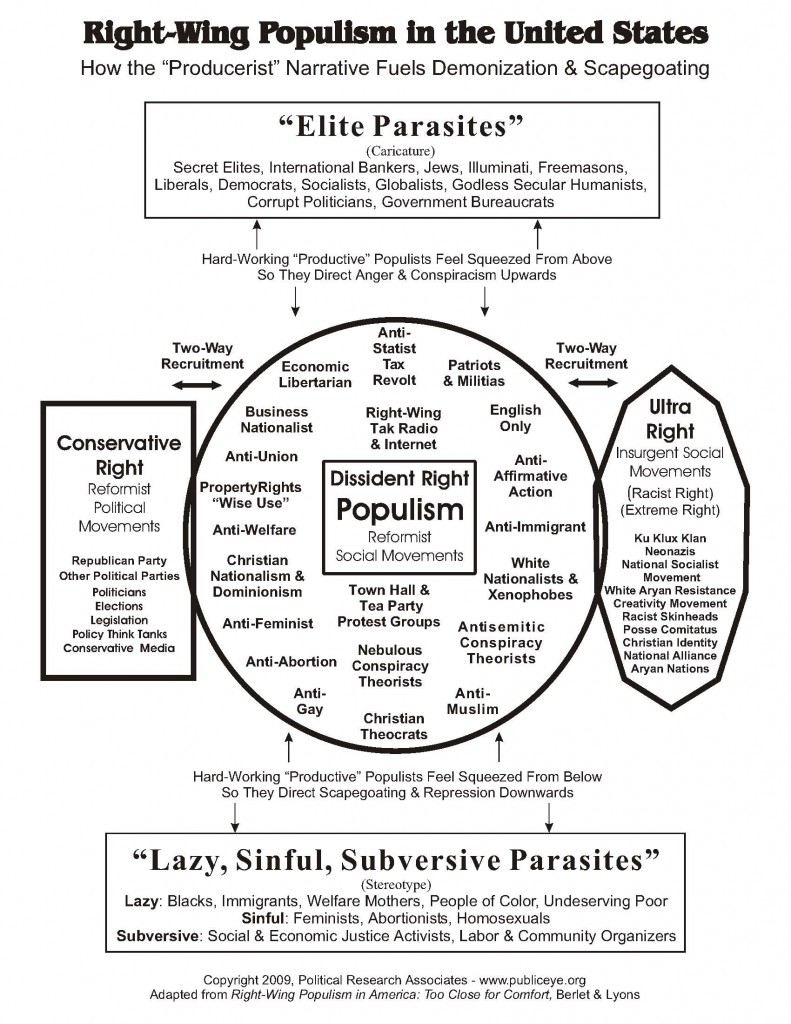A report from Jim Albertini on the March 20, 2010 Hilo Peace Rally
Aloha Peace Ohana,
More than 60 people gathered on Hilo Bayfront from 10AM till noon today for a peace rally amid a light rain to call for an immediate and unconditional withdrawal of U.S. troops from Iraq and Afghanistan. The rally was organized to mark the 7th anniversary of the U.S. invasion and occupation of Iraq and to stand in solidarity with thousands around the U.S. organizing similar rallies and marches to end the wars. Many of the signs called for cutting off the war funds and redirecting the money to human needs, such as education, jobs, health care, and stopping foreclosures.
In Hilo people held signs and banners along Kamehameha Ave. for the first hour and continued to do so the 2nd hour when a number of speakers offered insights and gave encouragement to build a movement for justice and peace. It was especially encouraging to have many local youth join the rally. Keana DeCosta spoke for UHH Global HOPE. Eric Orseske, another UHH student also inspired the crowd. Eric served in the U.S. Army’s 82nd Airborne Division both in Afghanistan and Iraq from 2001 to 2004. Eric said the best way to support the troops is to stop the wars and bring the troops home. Eric called for:
1. withdrawal of all U.S. and foreign troops from Iraq and Afghanistan;
2. Insuring adequate health care for returning veterans and their families;
3. Reparations for the Iraqi and Afghani people who have suffered tremendous losses (1.3 million Iraqi civilians have been slaughtered since the 2003 U.S. invasion);
4 Eric also called for other GI’s to know their rights and he called for investigating Depleted Uranium (munitions and contamination) and the erosion of our Bill of Rights.
Other speakers included Hanako Shibata from Nagasaki, Japan who said “war never again –peace to all!” Local building contractor, Danny Li, spoke on the economic aspects of the wars –trillions of dollars spent on war and Wall Street while human needs and basic government services are cut back. Rosylyn “Bunny” Smith, who lived in Iran and other parts of the world as a U.S. diplomat family, spoke of concern for Palestine and the similar rhetoric today about Iran like we heard prior to the war in Iraq. Lee Bowden encouraged people to not give up, to keep protesting what’s being done in our names and urged people to join the weekly Hilo Peace Vigil on Fridays 3:30-5PM at the down down Hilo Post Office.
A statement was read from Cory Harden who could not attend the rally: Cory urged public hearings for the EIS of the Army’s proposed Join High Speed Vessel (JHSV) –the militarized Superferry. At present no hearings are planned. Cory also summarized the story of depleted uranium in Hawaii and the non-functioning Pohakuloa Community Advisory Group.
I urged people to take and pass on to friends a “Call to Action” flier. The flier (see below) notes three actions:
1. Call Hawaii’s congressional delegation to demand a cut off of the war funds;
2. A Saturday, April 10th and Sunday, April 11th roving peace vigil around the island — urging people to join in their local communities for an hour during the weekend;
3. A public form –Sunday, April 25th on Military Depleted Uranium Radiation Contamination on Hawaii island.– 7-9PM at the Keaau Community Center
Following the rally’s scheduled speakers, there was an open microphone for others to come forward and share. Many did, sharing thoughts and even a few songs. The honking horns from passing cars showed widespread opposition to the wars. A lone war supporter (– part of “The gathering of Eagles”) stood in the long line of war opponents, but on this day in history the pro-war message didn’t fly in Hilo. The response was clear. People have had enough of war: Bring the troops home now. Stop the Wars! Ground the Imperial Eagle!
A Call to Action
1. Email/Call Hawaii’s Congressional delegation and demand a cut off of the war funds:
Senator Dan Inouye http:inouye.senate.gov in Washington 202-224-3934, in Hilo 935–0844, in Honolulu 541-2542
Senator Dan Akaka http:akaka.senate.gov in Washington 202-224-6361, in Hilo 935-1114
Congresswoman Mazie Hirono www.hirono.gov in Washington 202-225-4906, in Hilo 935-3756, in Honolulu 808-541-1986.
2. Join and help spread the word about the Saturday, April 10th and Sunday, April 11th Roving Peace Vigil around the island with an emphasis on stopping the wars; shifting war funds to education, health care and other human needs; and military clean up not build up in Hawaii.
On Sat. April 10th Vigil sites are:
9-10AM Bayfront Hilo
11-12AM Honoka’a (Hwy by Tex’s Drive In)
1-2PM Waimea — Fronting Parker Ranch Shopping Center (Foodland)
3-4PM Waikoloa Village – Waikoloa Rd and Paniolo Ave. by shopping center
On Sunday, April 11th Vigil sites are:
9-10AM Volcano Hwy 11 Wright Road
11-12 Na’alehu theater
1-2PM Captain Cook –across from Manago Hotel
3-4PM Kailua-Kona – Kailua pier
3. Join, and help pass the word about the forum on Military Depleted Uranium Radiation Contamination on Hawaii Island
Sunday, April 25th from 7-9PM at the Keaau Community Center
Representatives from the military are invited along with citizen representatives to give presentations and field questions from the audience.
Please Answer the Call. Mahalo!
For more information contact: Malu ‘Aina Center for Non-violent Education & Action
P.O. Box AB Ola’a (Kurtistown), Hawaii 96760. Phone 808-966-7622
email ja@interpac.net Visit us on the web at www.malu-aina.org


